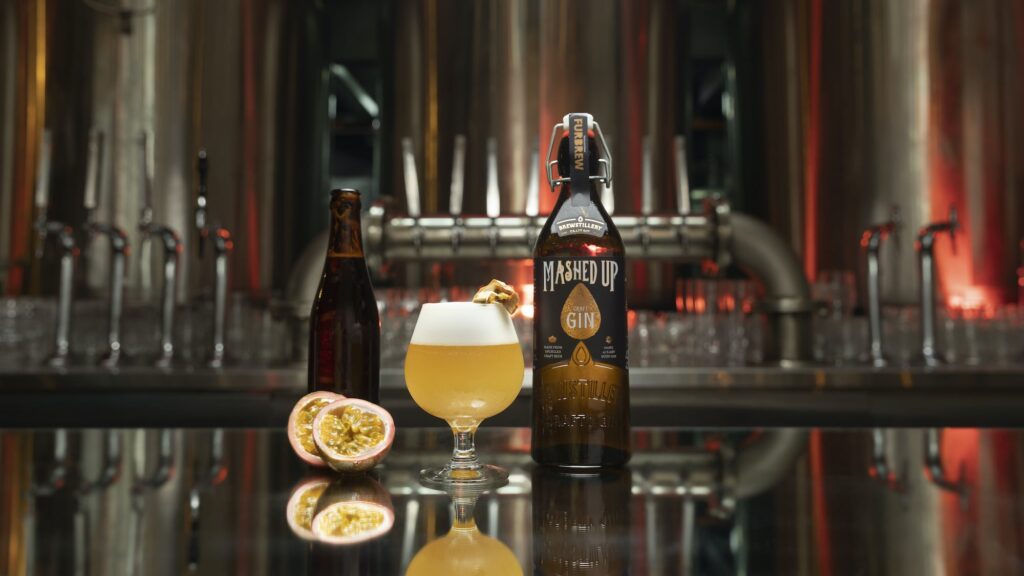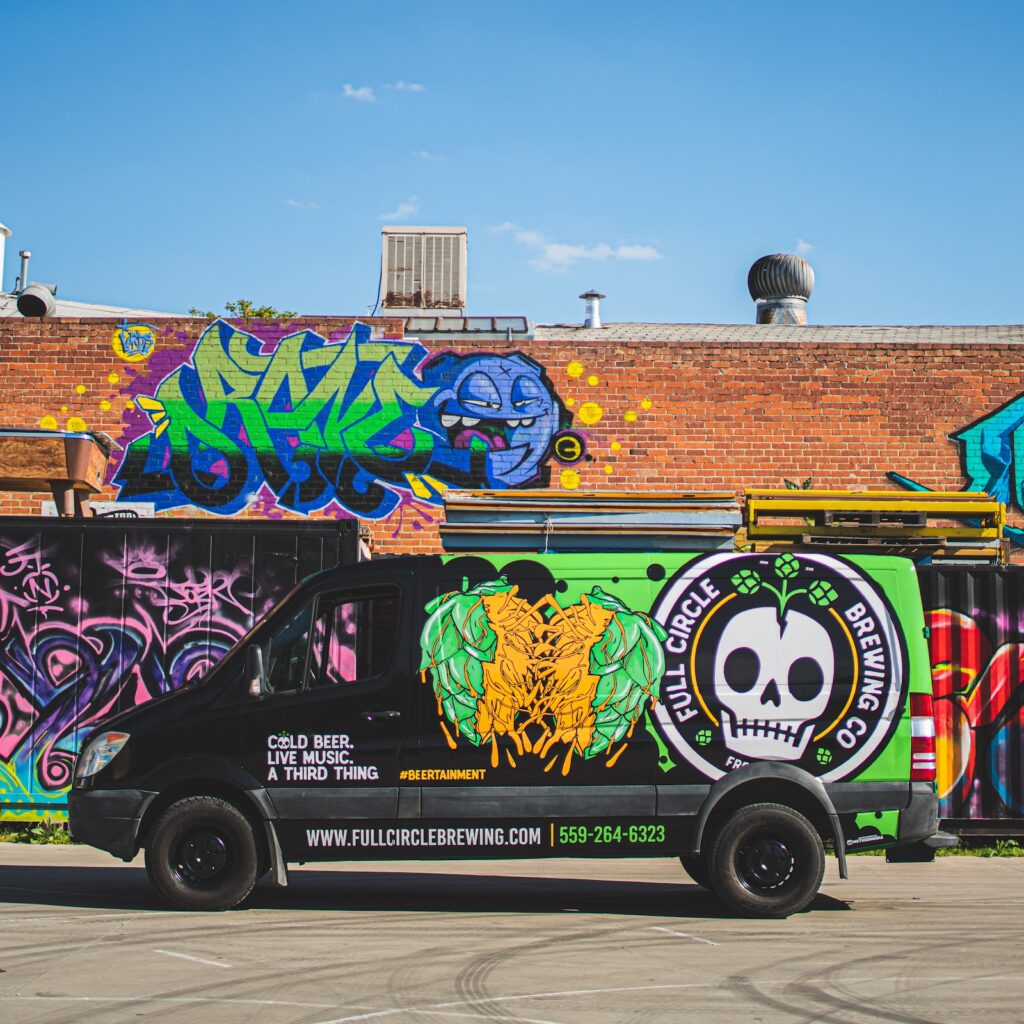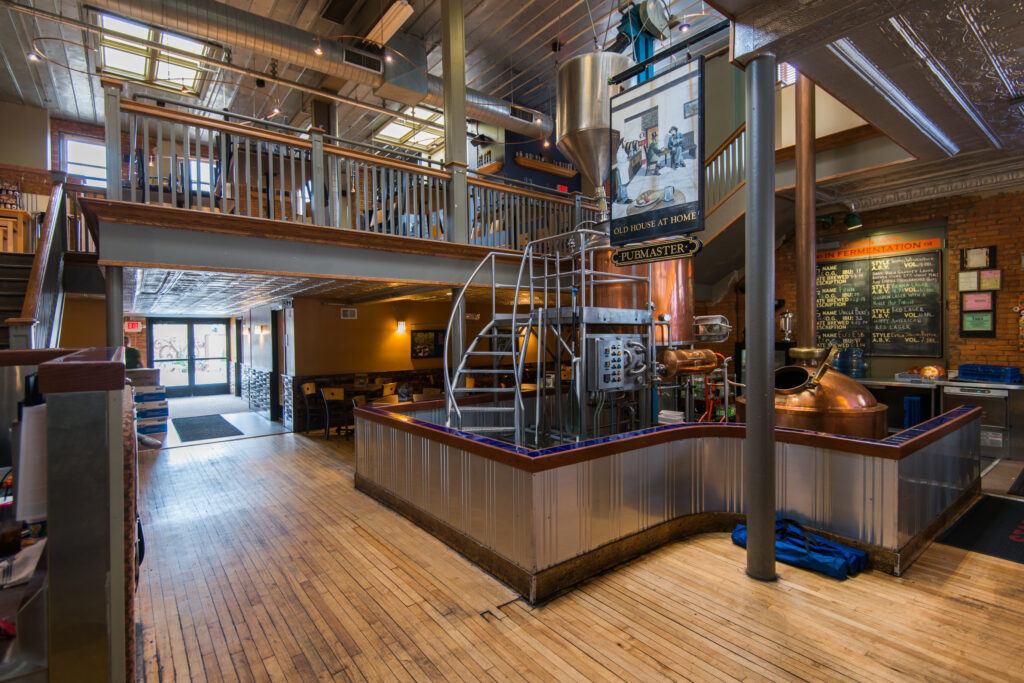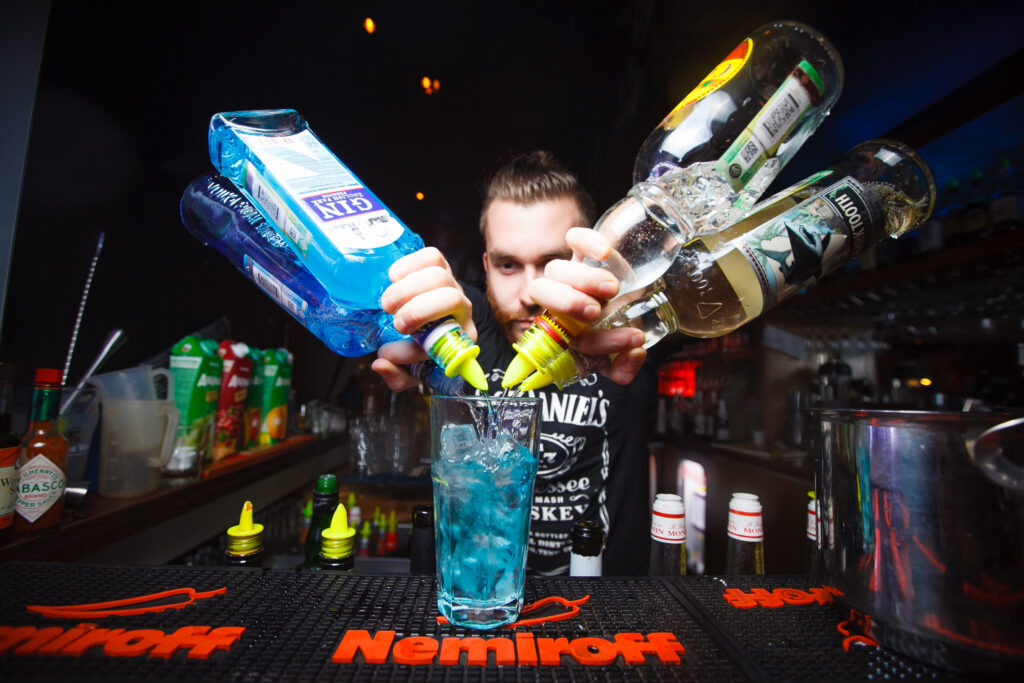
By: Gerald Dlubala
Filtration systems touch every aspect of the brewing process, and in an industry that continuously must evolve with market shifts and trends, the filtration system has to respond in kind. While the various methods and types of filtration leave room for a brewmaster’s personal choice and individual opinion, one constant across the brewing industry is the need to work with a filtration professional to properly assess the brewery’s filtration needs. Additionally, shifts in the market, like increased seltzer production, may require filtration process changes to accommodate increased flavor enhancements and changing shelf-life expectations.
Typical filtration processes fall into categories based on their function and impact on the final product. Primary, or coarse filtration, removes solids like hop particles, yeast conglomerates and protein compounds. Trap filtration removes filter aids like Diatomaceous Earth and other process additives considered valid as filter aids. Fine filtration removes proteins, yeasts, polyphenols and glucans that potentially foul final membrane filters. And final, or sterile filtration, helps eliminate microorganisms like bacteria and yeast that can potentially contaminate and spoil your final product before packaging. Filters are available in different configurations, including plate and frame, modular units, centrifuges, and cartridges using filtering media, including filter sheets and various types of membranes, each offering its regeneration possibilities.
Start at the Beginning with a Proper Filtration Plan
Donaldson Filtration Solutions helps breweries by starting at the beginning, recommending proper filtration for primary utilities like air, water, steam and gas. Correctly filtering incoming raw materials and utilities naturally addresses critical issues: hygienic design in an allergen-free environment, integrity testing, and BSE/TCE statements certifying that products used are safe and free from potentially harmful materials.
Donaldson Filtration told Beverage Master Magazine that in its simplest form, brewery filtration systems are meant to keep undesired brewing remnants out of the beer. It’s essential in producing any beer, but even more so in the production of bright or light beers. The basic utilities used in the production process are the preferred starting point for a quality filtration assessment. Quality, particulate-free water is critical for use as an ingredient, in process water, and in necessary steam applications. But feedwater can contain contaminants, including pipe scale, sludge, organic matter, sediment or some other suspended solid particulates. Sterile air, meaning air free from oils and moisture, is used throughout the beer-making process, from wort aeration through the purging and packaging process, and is critical for effective and consistent yeast propagation in the fermentation process. It’s common to use sterile or culinary steam as an efficient way to heat boilers and tanks, clean and sanitize brewery equipment between batches, or sterilize new or used packaging vessels like kegs before final filling. Suppose a brewer uses CO2 to clean and sterilize processing lines, aerate pipe systems, push out product, or purge containers and bottles before filling. In that case, filtered CO2 ensures that the finished product is safely delivered and packaged in clean, safe and sanitary containers.
A Pure Beverage that Retains its Distinctive Taste Characteristics
“A pure beverage that retains its distinctive taste characteristics.” That phrase sounds a little lengthy to be ordering at a brewpub, but that’s just what you’ll get if a brewery has the correct filtration practices in place, according to Wayne Garafola, account manager at Sartorius Food and Beverage.
“Some type of filtration occurs throughout every aspect of the brewing cycle, with each filtration point contributing to a product’s overall properties,” said Garafola. “Having the proper filtration at critical process points ensures the brewmaster’s recipe and intended flavor profile are maintained throughout the brewing cycle and into the final product for consumers to enjoy. For Sartorius, I focus on the processing products. The raw materials in brewing are barley, hops, yeast and water: each important. A brewery’s incoming water supply is involved in many specific steps, including mash, lautering, wort, fermentation, bright beer tank and filling. With water regulations and quality already being different across the country, your incoming water is also subject to the effects of seasonal events or area-specific municipal water issues. Therefore, breweries should always filter their incoming water to retain consistency for equally consistent brewing batches. It’s what a brewer starts with, so it must remain a constant for product integrity. Additionally, air filtration into your tanks is important to eliminate contamination from the environment into the wort, fermentation and brite tanks.”
Sartorius offers a single-layer Aerosart PTFE filter for maintaining air quality without allowing spoilage organisms that cause contamination of the product while also providing high flow rates both into and out of tanks. In addition, Sartorius recommends their Jumbo Star System for applications that use trap filtration, which is especially suited for small to medium-sized craft breweries. The Jumbo Star filters are easily regenerated, decrease process time based on size and flow rates, minimize oxygenation by maintaining a high CO2 level during filtration and come in various pore sizes. The most popular dimensions used are 8um and 5um, with a 3um available for brews experiencing hop creep, the refermentation of beer after the dry-hopping phase.
“Trap filtration removes certain components that are added to the process and not naturally occurring,” said Garafola. “In many cases, our Jumbo Star filter replaces the use of DE/Lenticular filtration. We have better pressure drops, higher flow rates and less beer loss when compared to lenticulars. We offer easy setup and cleanup, with minimal oxygenation using the Jumbo Star filter systems. Additionally, Jumbo Star systems can be cleaned, regenerated and readied for reuse using the common chemicals that breweries typically already have on hand, offering up to 50% savings over lenticular options.”
For final filtering or sterile bottling, Sartorius recommends the Sartocool PS 0.45um. The Sartocool PS 0.45um allows the brew to be final-filtered through a polyethersulfone membrane, keeping yeast and other spoilage organisms like Lactobacillus Lindneri from reaching and spoiling the final product.
Increased Testing Along with Proper Filtration Results in a Better Final Product
Tricia Vail is the North America Applied Research Segment Manager for Sartorius, and she believes that testing is a valuable tool in finding appropriate filtration systems.
“Testing is absolutely an overlooked tool,” said Vail. “Whether the brewery Quality Control lab is doing analytical or microbiological testing, filtering the materials is critical for raw material testing through the finished product. Accurate, interference-free chemical tests can then be conducted to detect unwanted microbiology, including spoilage microorganisms and wild yeast.”
Vail told Beverage Master Magazine that it’s common for filtration needs to vary for each brewer. However, because of the potential existence of contaminants that can alter a beer recipe, brewers should test the incoming water used at least monthly. How a brewery decides to implement its filtration process depends on the overall nature of the beer and process. Most filtrations can be relatively simple, while others like Hazy IPAs or sour beers will need a double filtration. Vail also recommends sampling the beer at the brite tank, at the time of filling kegs and after bottling and canning. The more sampling done, the better and more informed a brewmaster’s knowledge of that beer becomes.
“Most craft brewers don’t have a Quality Control lab, and if they do, it is usually small, with maybe chemical testing and yeast titers conducted,” said Vail. “Don’t be afraid to do more quality control testing. It’s all data, and the more data you get, the more consistent you can be when making beer. This type of data is helpful no matter what type or style of beer you want to produce. Ensuring that all microorganisms are out of the equipment setup before beginning a new brewing cycle provides the consistently best batch of beer possible. Testing leads to education, and with increased education, the importance of raw material and process testing becomes more forefront in the brewing process, with the overall impact being consistent, high-quality beer.”
For chemical and microbiological testing, there are several resources that brewers can use, such as the American Society of Brewing Chemists and The Brewers Association.
More automation, Better Materials and More Education
“More automation will become evident in breweries as time progresses,” said Garafola. “The same holds for filtration systems and devices. We’re always looking to improve based on brewers’ needs and market shifts, like the boom in seltzer production. As a brewer, you should look towards flexibility in the available products, considering pore size, ease of regeneration and operation, and how the product will react to and work with any possible future automation and expansion plans.”
Sartorius has been building automated filtration skids for over 20 years. Garafola said they offer manual, semi-automated and fully automated filtration systems with a parallel design. The parallel design systems automatically switch to a second line while simultaneously starting the regeneration process of the primary line, increasing the life of the filters and naturally minimizing the need to purchase replacements continually.
“Brewers should always be open to learning about filtration upgrades and solutions to any issues they’re having,” said Vail. “By partnering with your filtration professional, problems can get solved with a thorough understanding of why they occurred so that they can be avoided in future production. We can assist with testing brewer’s products, and Sartorius always recommends performing a small and intermediate scale to ensure their full scale will work. We have small-scale filter capsules to test beer throughput and estimate scale-up filter sizes based on a brewer’s batch. We get easy-to-use data to scale up in the future knowing the capacity based on your previous small-scale runs.”
“It’s important to note,” said Garafola, “that in many cases, quality, right-sized filtration not only helps extend the shelf-life of the final product by removing any potential spoilage organisms. It can actually allow a brewer to increase the number of batches that they can complete by shortening certain timelines, all while retaining their product’s organoleptic properties.”









